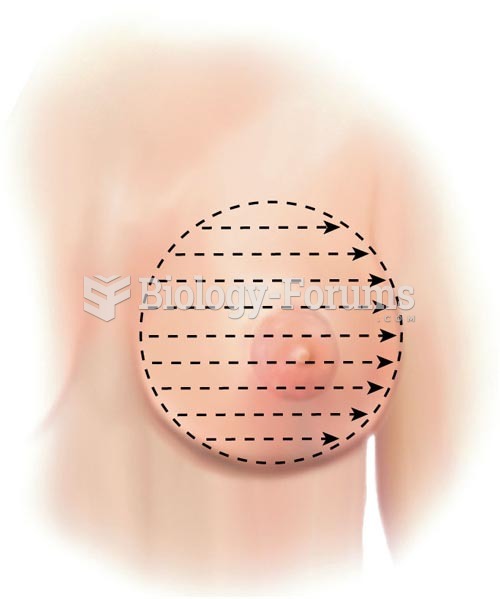|
|
|
Earwax has antimicrobial properties that reduce the viability of bacteria and fungus in the human ear.
Certain chemicals, after ingestion, can be converted by the body into cyanide. Most of these chemicals have been removed from the market, but some old nail polish remover, solvents, and plastics manufacturing solutions can contain these substances.
When blood is exposed to air, it clots. Heparin allows the blood to come in direct contact with air without clotting.
There are approximately 3 million unintended pregnancies in the United States each year.
ACTH levels are normally highest in the early morning (between 6 and 8 A.M.) and lowest in the evening (between 6 and 11 P.M.). Therefore, a doctor who suspects abnormal levels looks for low ACTH in the morning and high ACTH in the evening.







